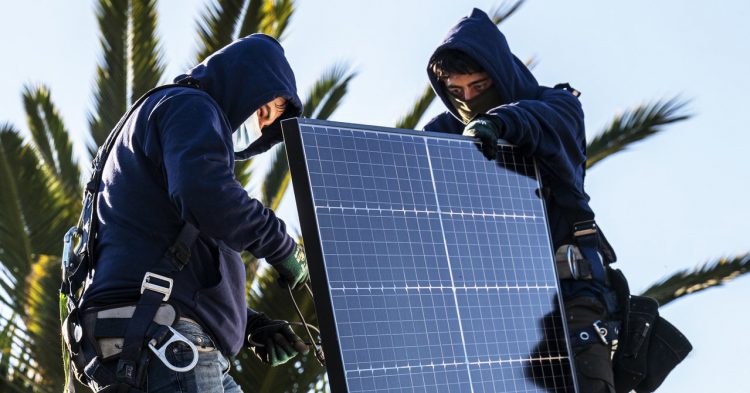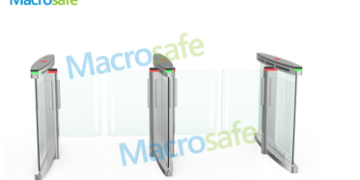Today President Joe Biden signed the Inflation Reduction Act, a massive bill that represents the biggest investment in climate action in US history. It puts nearly $400 billion toward promoting domestic production of clean energy technology and generally retrofitting America to survive climate change. If all goes to plan, the act would slash US emissions by 40 percent by the year 2030.
In the immortal words of Uncle Sam, the bill screams: “I Want You” … to fight a war against climate change. The bill is packed with tax credits and rebates for Americans to buy electric vehicles (EVs), install heat pumps and better insulation, and slap solar panels on their roofs. We’re talking thousands upon thousands of dollars per household. In turn, all that extra investment in green technologies should juice the market, further accelerating the transition to a cleaner economy.
“It’s basically just a big green light for everyone—for the consumer, for the companies making these products, for building owners, for utilities, everybody—to start doing this stuff,” says Ben Evans, federal legislative director of the US Green Building Council, a nonprofit that promotes sustainability. “And we think that’s really going to change these markets. I don’t think it’s an overstatement to call this historic.”
It’s a stealthy way to encourage mass action on climate change: If homeowners across the US individually make their homes more efficient, collectively we’ll bring down carbon emissions, big time. A fifth of both national energy use and CO2 emissions come from homes. “What this bill does, in many ways, is at least as much psychology as economics,” says Gernot Wagner, a climate economist at Columbia Business School. “You have your average conversation with your contractor about: Wait, should I really be installing a gas boiler here, with gas prices pretty darn high?”
“The obvious thing to do,” Wagner adds, “is maybe spend a little extra today on stuff that literally pays for itself within months. So you can save 50 percent off your electricity bill if you insulate the place better.”
Having failed to legislate meaningful action on climate change with—heaven forbid—an actual phaseout of fossil fuels, the feds have turned to the tax code, using public money to fund the public good of mass decarbonization. Sure, taxes are no fun, and tax credits sound even more confounding. But it’s actually fairly straightforward for you to get your share of the Inflation Reduction Act.
Home Improvement
First off, a tax credit isn’t the same as a tax deduction—it’s even better. With the latter you could reduce your taxable income, say, from $65,000 to $60,000. That means the government doesn’t take its cut of that $5,000. A tax credit, by contrast, would be you getting that full $5,000 back. So if you owe the government $10,000 after filing taxes, and you’ve got a credit for $5,000, you only end up paying $5,000.
The Inflation Reduction Act provides tax credits for energy-efficient home improvements: new windows, doors, insulation, water heaters. So when you file your taxes, you get discounts on what you owe the feds. “Let’s say you spend $1,000 on insulation—you would be able to get a tax credit of 30 percent of that,” says Evans. “So a $300 tax credit, which goes directly against what you owe in taxes. So at the end of the year, you owe $5,000 in taxes, you knock that $300 off, and you only owe $4,700.”
This is a significant bump from previous incentives for home improvements, Evans says, which credited 10 percent of expenses up to $500 for your whole darn lifetime. Now it’s 30 percent of purchases, a $1,200 tax credit maximum each year starting January 1, 2023 and running through 2032. So you could get credited for new windows next year, insulation the next, leakproof doors the next, and so on.
As for solar, the bill extends an existing federal tax credit, which covers 30 percent of the expenditure on residential solar, through 2032. That credit drops to 26 percent the following year, 22 percent in 2034, and expires at the end of that year.
Source by www.wired.com





























